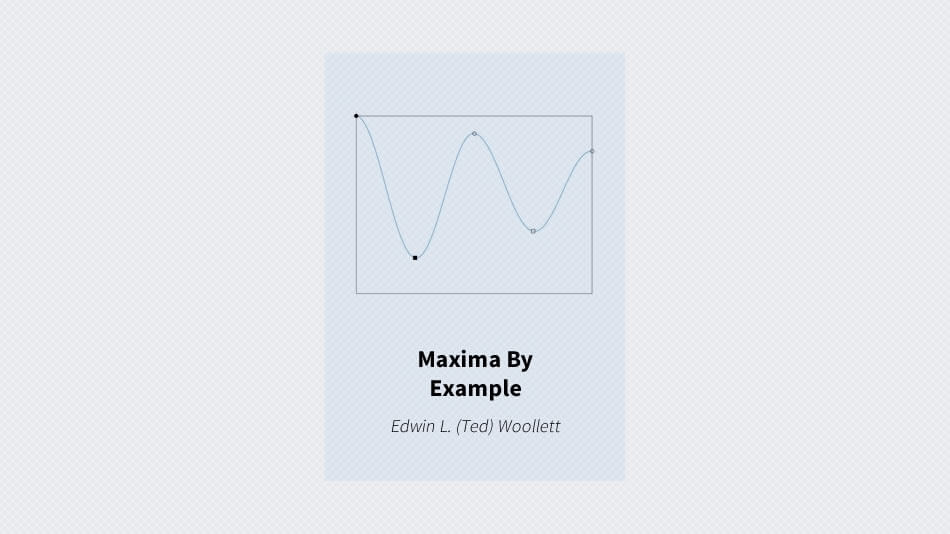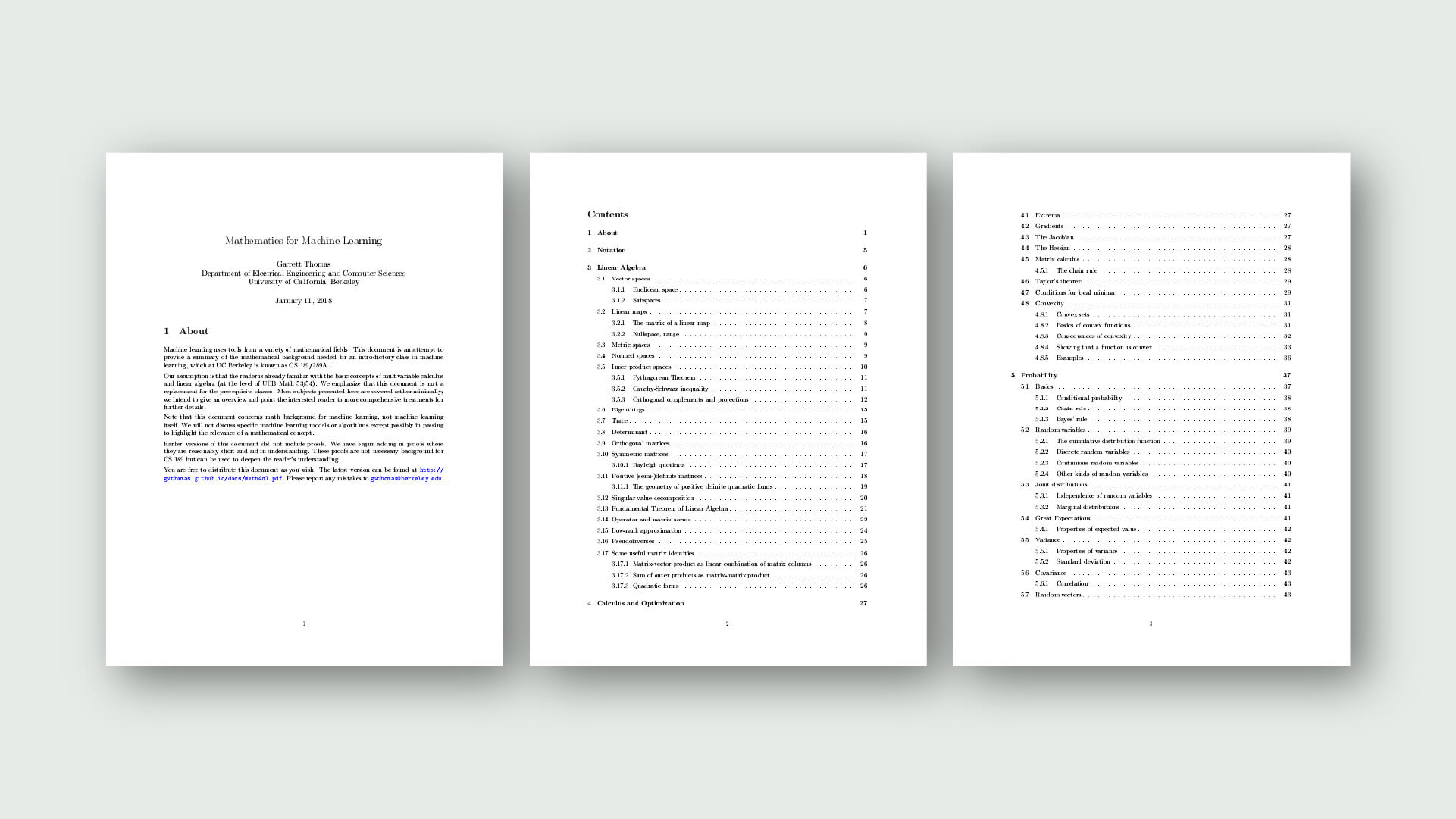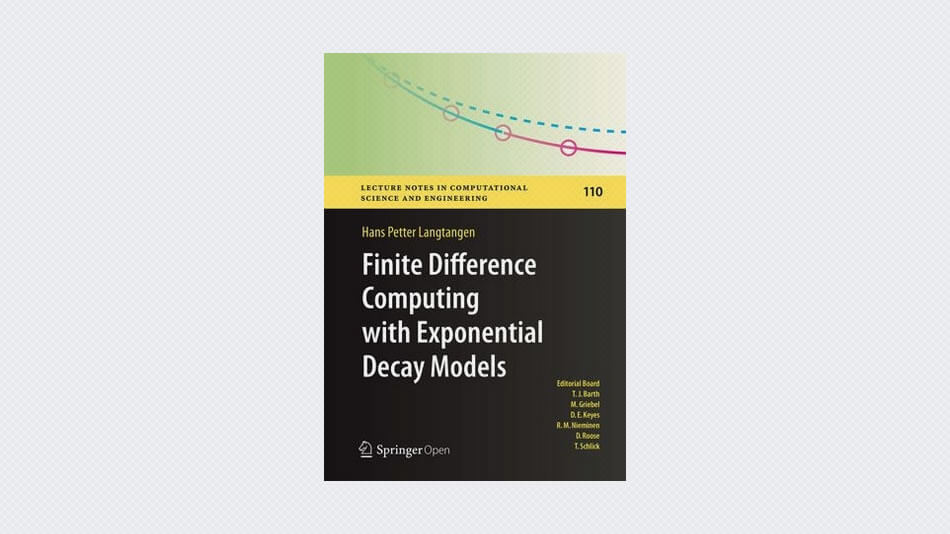Maxima (link to project page) is a freely available and powerful computer algebra system (CAS) which is an open source cousin of the commercial Macsyma CAS. Maxima has powerful symbolic, numerical, and graphical capabilities, and you can download as many copies as you need without the hassle of license negotiations with Mathematica or Maple. Maxima is being steadily improved by an energetic development team of volunteers. An email ‘mailing list’ provides an effective and friendly means of getting and providing advice on the practical use of Maxima with your research or project.
Maxima by Example is a series of tutorial notes which include many examples of the power of Maxima. Designed for the new user, we include some ‘nuts and bolts’ suggestions for working with the Maxima software, especially for the Windows user. The posted files use 12 point type, which makes for easier reading at the computer screen, but costs more to print.
- Chapter 1: Introduction to Maxima
- Chapter 2: Plots, Files, Read, Write, and Fit
- Chapter 3: Ordinary Differential Equation Tools
- Chapter 4: Solving Equations
- Chapter 5: Matrix Solution Methods
- Chapter 6: Differential Calculus
- Chapter 7: Symbolic Integration
- Chapter 8: Numerical Integration
- Chapter 9: Bigfloats and High Accuracy Quadrature
- Chapter 10: Fourier Series, Fourier and Laplace Transforms
- Chapter 11: Fast Fourier Transform Tools
- Chapter 12: Dirac Algebra and Quantum Electrodynamics, Version 2
- Chapter 12: Dirac Algebra and Quantum Electrodynamics, Version 3
- Chapter 13: 2D Plots and Graphics using qdraw and wxqdraw
- Chapter 14: Fitting a Model Function to Data





